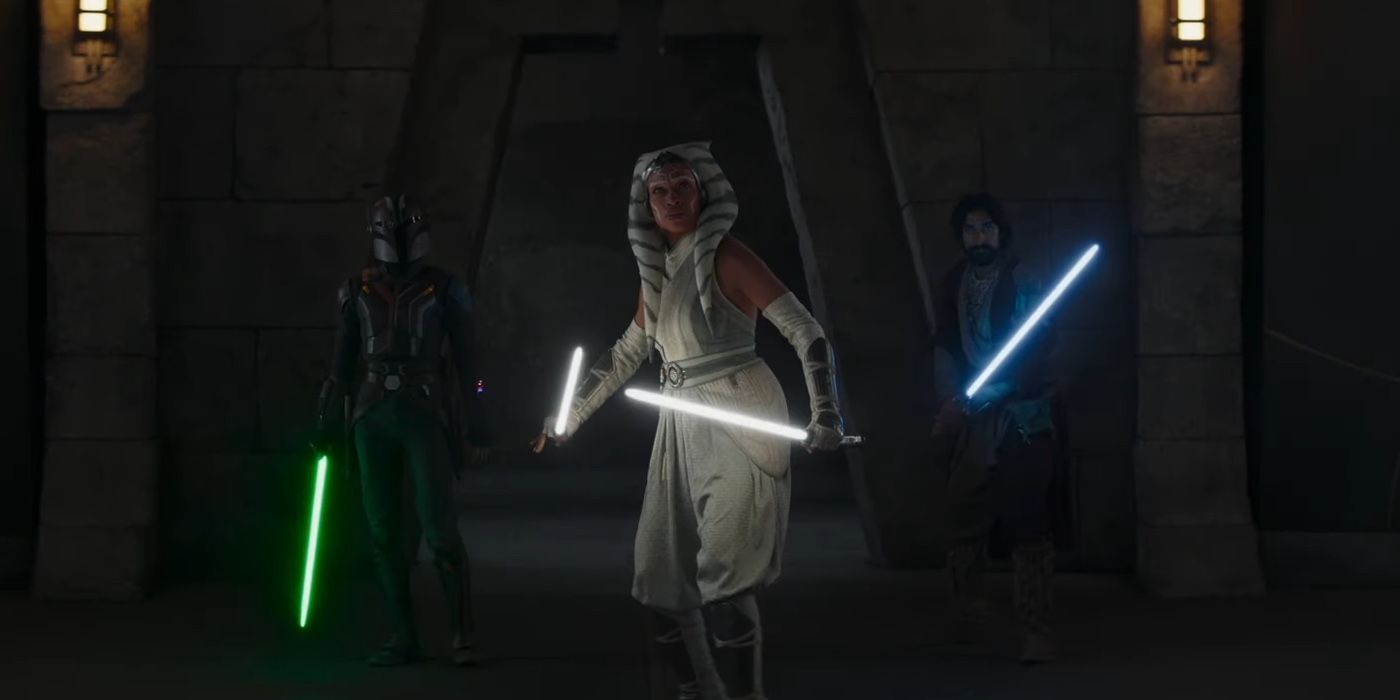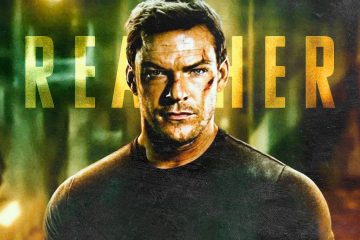More than any other live-action Star Wars show, Ahsoka has leaned heavily into the fantasy side of George Lucas’ universe. You can see it in the mythological names of new characters (i.e. Shin and Hati), the Tolkienesque-nature of Thrawn’s exiled planet, or simply naming its finale “Part Eight: The Jedi, the Witch, and the Warlord” as a C.S. Lewis homage. That’s certainly separated Ahsoka from Andor’s tales of gritty espionage and The Mandalorian’s western-infused adventures, even as its back half established Thrawn’s return as one of many factors linking the New Republic years to the First Order’s eventual rise. But it also came with risks. Namely, could such a finale wrap up the story of Ahsoka Tano and her Rebels compatriots, reassert Thrawn’s place in the Imperial hierarchy, and satisfy all of its eight-episode run’s lingering plot threads?The answer is yes and no. “The Jedi, the Witch, and the Warlord” is a good, action-packed finale that brings its characters’ arcs full circle, even if it doesn’t do anything too radical. But it’s also a finale clearly asking for a season 2, given how little time it devotes to Baylan Skoll and Shin Hati’s journeys and the unique situation it leaves Ahsoka in by the time credits roll. The Ahsoka finale is a fun, flawed, bittersweet finale that sets up new possibilities for what Star Wars might do with these characters next.Like “Shadow Warrior,” this finale is heavy on the fan service. The episode opens with the Great Mothers rewarding Morgan Elsbeth with enhanced Nightsister magick and the mystical Blade of Talzin while Ezra crafts a new lightsaber using a spare version of Kanan Jarrus’ Rebels blade emitter. The new lightsaber leads to a touching conversation between him, Huyang, and Sabine about Kanan’s role in Ezra’s life and the nature of Jedi Master tutilage.RELATED: What the Ahsoka Finale Means for the Future of Star Wars
More than any other live-action Star Wars show, Ahsoka has leaned heavily into the fantasy side of George Lucas’ universe. You can see it in the mythological names of new characters (i.e. Shin and Hati), the Tolkienesque-nature of Thrawn’s exiled planet, or simply naming its finale “Part Eight: The Jedi, the Witch, and the Warlord” as a C.S. Lewis homage. That’s certainly separated Ahsoka from Andor‘s tales of gritty espionage and The Mandalorian‘s western-infused adventures, even as its back half established Thrawn’s return as one of many factors linking the New Republic years to the First Order’s eventual rise. But it also came with risks. Namely, could such a finale wrap up the story of Ahsoka Tano and her Rebels compatriots, reassert Thrawn’s place in the Imperial hierarchy, and satisfy all of its eight-episode run’s lingering plot threads?
The answer is yes and no. “The Jedi, the Witch, and the Warlord” is a good, action-packed finale that brings its characters’ arcs full circle, even if it doesn’t do anything too radical. But it’s also a finale clearly asking for a season 2, given how little time it devotes to Baylan Skoll and Shin Hati’s journeys and the unique situation it leaves Ahsoka in by the time credits roll. The Ahsoka finale is a fun, flawed, bittersweet finale that sets up new possibilities for what Star Wars might do with these characters next.
Like “Shadow Warrior,” this finale is heavy on the fan service. The episode opens with the Great Mothers rewarding Morgan Elsbeth with enhanced Nightsister magick and the mystical Blade of Talzin while Ezra crafts a new lightsaber using a spare version of Kanan Jarrus’ Rebels blade emitter. The new lightsaber leads to a touching conversation between him, Huyang, and Sabine about Kanan’s role in Ezra’s life and the nature of Jedi Master tutilage.
#Ahsoka #Finale #Secures #Future #Demands #Season
Note:- (Not all news on the site expresses the point of view of the site, but we transmit this news automatically and translate it through programmatic technology on the site and not from a human editor. The content is auto-generated from a syndicated feed.))



